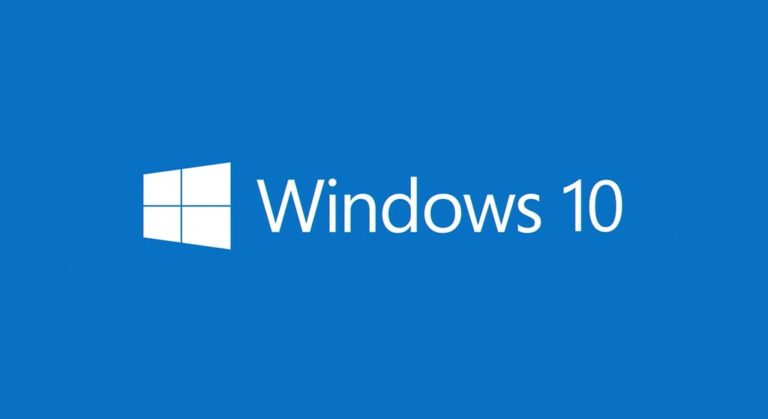In a rapidly changing digital landscape, the lifespan of operating systems is a critical consideration for both individual users and businesses. Recently, Microsoft made a significant announcement that Windows 10, one of the most widely used operating systems globally, will reach the end of its support lifecycle on October 14, 2025. This decision has significant implications for millions of users worldwide. Let’s explore what this means and how users can prepare for the transition.
What Does End of Support Mean?
End of support signifies that Microsoft will no longer provide security updates, bug fixes, or technical support for the operating system. While Windows 10 will still function after this date, users will be at greater risk of security vulnerabilities, malware, and other cyber threats without regular updates and patches.
Why Is Microsoft Ending Support for Windows 10?
Microsoft typically follows a support lifecycle for its products, including operating systems, to ensure that customers receive the best experience and security. Ending support for Windows 10 allows Microsoft to focus its resources on newer operating systems, such as Windows 11, which offers enhanced features, security, and performance.
What Should Users Do?
- Upgrade to Windows 11: Microsoft recommends that users consider upgrading to Windows 11 to continue receiving security updates and support beyond the end of Windows 10’s lifecycle. Windows 11 offers a modernized user interface, improved gaming capabilities, and enhanced security features.
- Check Compatibility: Before upgrading to Windows 11, users should verify that their hardware meets the system requirements for the new operating system. Microsoft provides a compatibility checker tool to help users determine if their device is compatible with Windows 11.
- Backup Data: Whether users choose to upgrade to Windows 11 or explore alternative options, it’s essential to back up important data and files to prevent data loss during the transition.
- Explore Alternatives: For users who prefer not to upgrade to Windows 11, there are alternative operating systems available, such as Linux distributions or macOS, depending on individual preferences and requirements.
What Are the Risks of Continuing to Use Windows 10?
After the end of support date, using Windows 10 will pose significant security risks due to the lack of security updates and patches. Cybercriminals often target unsupported operating systems, exploiting vulnerabilities to compromise systems and steal sensitive information. Users who continue to use Windows 10 after the end of support date should take extra precautions to mitigate these risks, such as using reputable antivirus software and practicing good cybersecurity hygiene.
Conclusion
The end of support for Windows 10 marks a significant milestone in the lifecycle of one of the most widely used operating systems. While the transition may present challenges for some users, it also provides an opportunity to embrace newer technologies and enhance security. By upgrading to Windows 11, users can ensure they continue to enjoy a safe and reliable computing experience in the years to come. If you need assistance to know whether your equipment will handle Windows 11, feel free to reach out to SandStorm IT at 901-475-0275.

